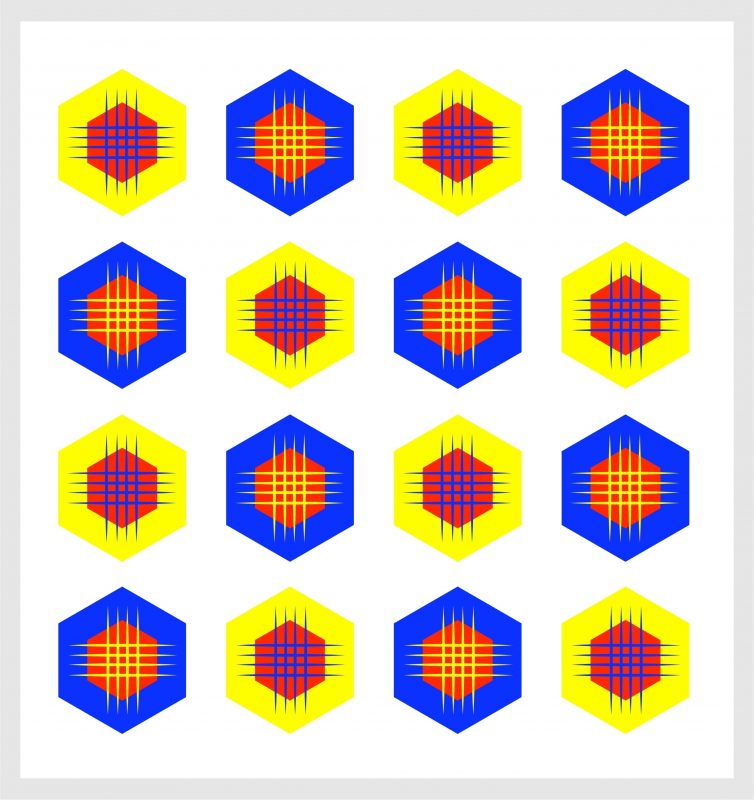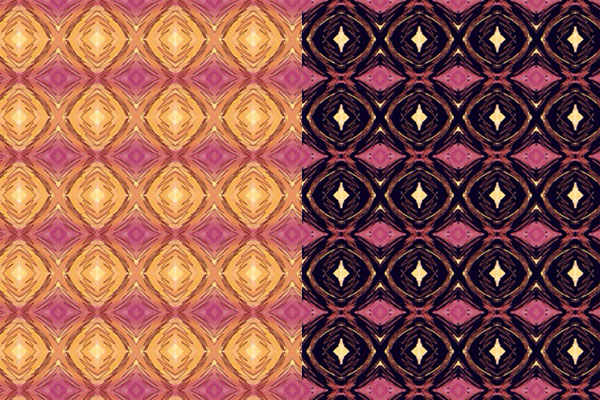Color is not always what it seems. The Bezold Effect is an optical illusion where a single color appears different depending on the colors around it. A red pattern might look darker against black but lighter against white, even though the red itself never changes. This simple yet fascinating illusion is a perfect example of how our eyes and brain work together to interpret color.
What causes the Bezold Effect?
Wilhelm von Bezold, a German scientist in the 19th century, noticed that changing the background or surrounding colors changed how we perceived a color. This happens because of color contrast, where the brain adjusts colors based on what’s nearby.
For example, if you place a red shape next to black, the contrast makes it look brighter and more intense. Place that same red shape next to white, and it suddenly looks duller or softer. This happens because our visual system processes colors in relation to their surroundings rather than in isolation.

Everyday examples of the Bezold Effect
Once you know about the Bezold Effect, you start seeing it everywhere. Some common examples include:
- Textile and fashion design – Fabrics with the same dye can appear different depending on adjacent colors.
- Graphic design and advertising – Logos and posters use background colors to make text or images stand out.
- Interior design – An area rug can make a piece of furniture brighter or more pronounced.
- Digital screens – Colors on your phone or computer change appearance when surrounded by different UI elements.
Why it matters
The Bezold Effect is more than just a trick of the eyes—it influences design, fashion, and even safety. Artists and designers use it to enhance contrast and visual appeal. Understanding how colors interact can help in creating more effective visuals, whether in branding, art, or everyday life.
So next time a color seems to shift before your eyes, take a second look. It might just be the Bezold Effect at play.
